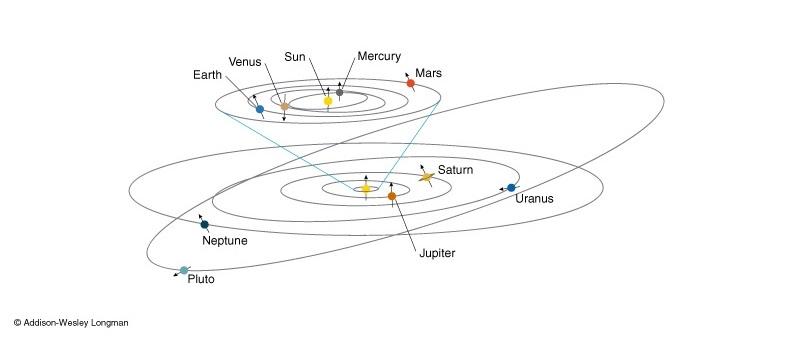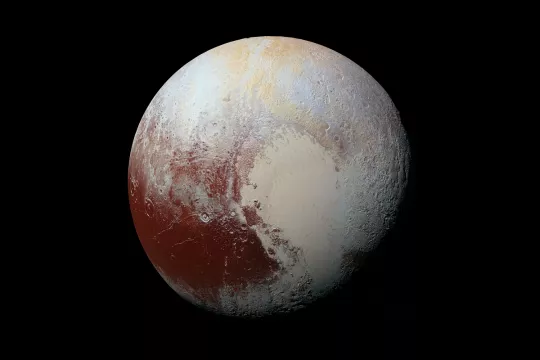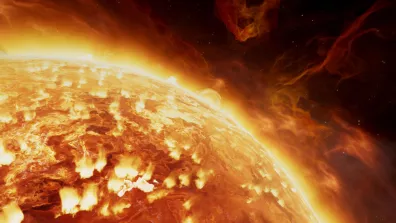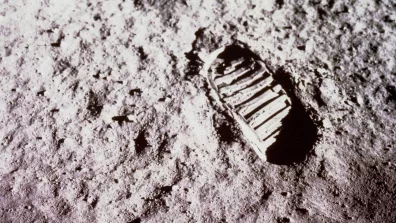Following a resolution of the International Astronomical Union (IAU), Pluto is no longer a planet of the solar system. It has been reclassified as a “dwarf planet”, a new category for solar system bodies distinct from the eight “true” planets.
And then there were eight
The 26th IAU Congress in Prague, in 2006, redefined solar system bodies and specifically the term “planet”. As a result, Pluto was excluded from this category.
A planet is now defined as a spherical body in quasi-circular orbit around the Sun that has cleared the neighbourhood around its orbit of any objects likely to cross it. It is this final condition that Pluto fails to meet.
So, we now have eight planets in our solar system: Mercury, Venus, Earth, Mars, Jupiter, Saturn, Uranus and Neptune.
IAU has created two new categories to classify celestial bodies other than these eight planets.
- Pluto has been downgraded to the status of “dwarf planet”. These are spherical objects orbiting the Sun that have not cleared the neighbourhood of their orbit. For example, the asteroid Ceres and Kuiper Belt Object 2003 UB313 (also called Xena) fall into this category. And the list of dwarf planets is likely to get longer, as 12 other candidate celestial bodies are awaiting classification.
- Other non-spherical objects orbiting the Sun are categorized as “small solar system bodies”. Earth’s Moon retains its status as a natural satellite.

Pluto fails to make the grade
At the outer edges of the solar system, Pluto has always been something of an outlier.
Its status remained controversial for many years due to its small size and highly inclined elliptical orbit. With a diameter of just 2,300 kilometres, Pluto is much smaller than the Moon.
It also crosses Neptune’s orbit on its journey around the Sun lasting 247 Earth years.
All of these reasons called its status as a planet into question.






